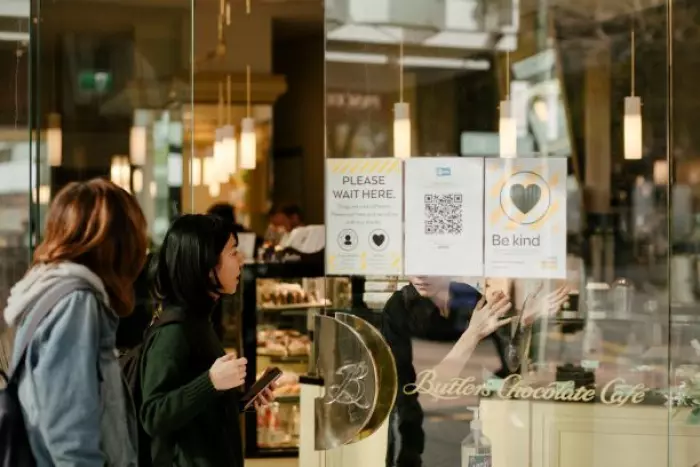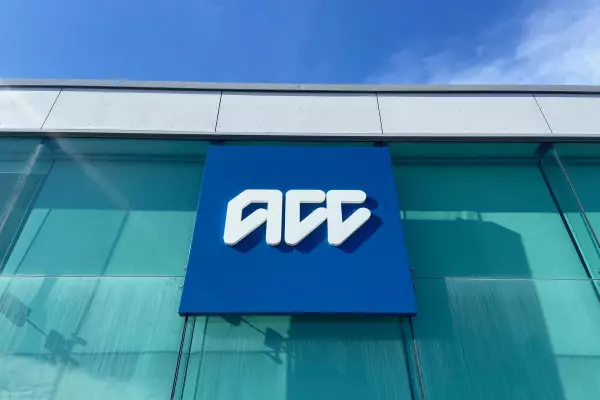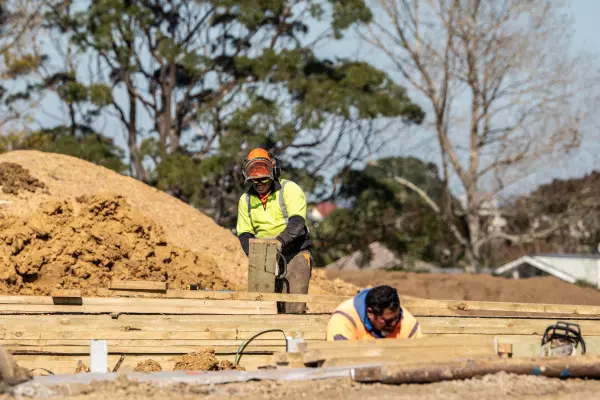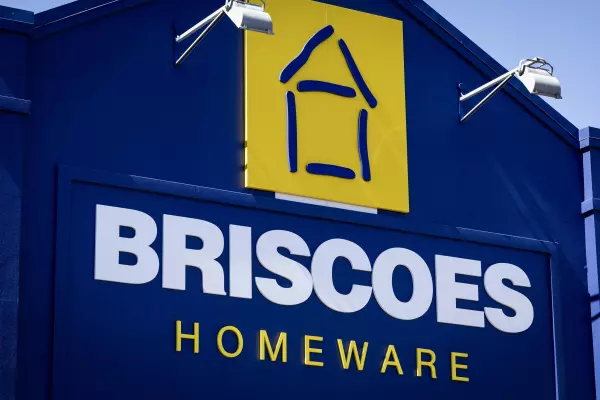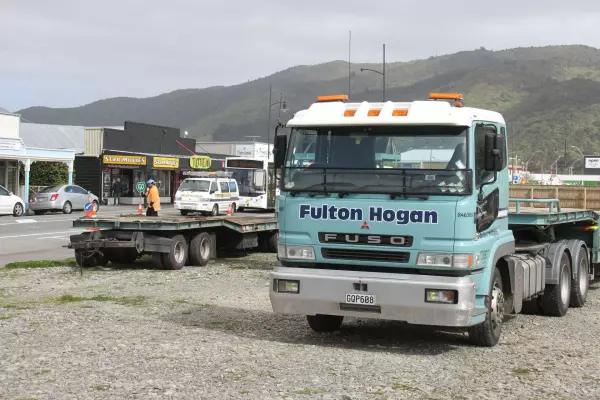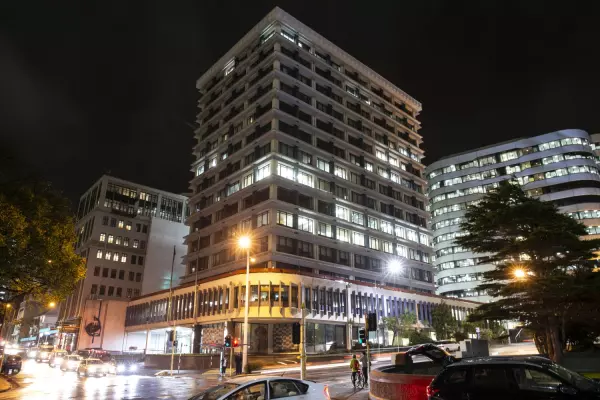We might be getting old hands at staying home, and the August wage subsidy payments may already be flowing, but we've put together a guide to all the support available from the government as New Zealand grapples with a delta outbreak.
Finance minister Grant Robertson says there is plenty of covid relief funding available to cover the big bopper, the wage subsidy, for the current lockdown and the government would simply borrow more to cover a longer lockdown if it had to. So get in and get yours (if you meet the criteria).
“We have got more than enough money set aside to deal with the current lockdown,” he told BusinessDesk.
The most up-to-date estimate had $4.7 billion left in the covid relief funding announced in 2020, which in total came to $62.5b of government support for businesses, wage and salary earners and a host of government services across the health, education and other sections of the economy to prevent covid triggering a recession.
The scheme, which helps businesses impacted by the lockdown pay their wage bills and retain staff, has so far cost the country about $14b. Treasury estimates the cost of the wage subsidy scheme during a nationwide lockdown is about $1b per week.
The wage subsidy
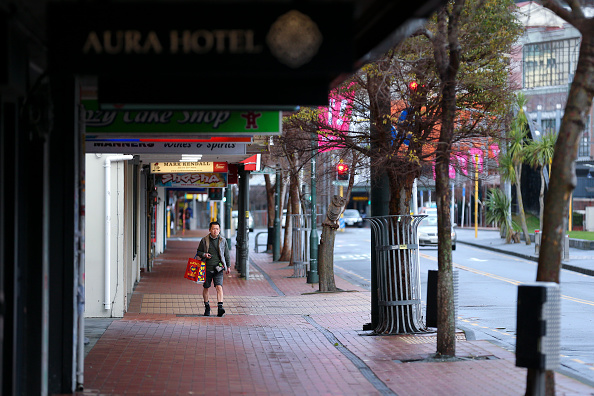
The newest wage subsidy opened for applications on Friday and is open for two weeks.
This time the payments are higher, taking into account increased wage costs since the last round of lockdowns in 2020.
The subsidy will now pay $600 per week for a full-time employee and $359 for a part-time worker, both will be paid as a two-week lump sum.
By 2pm on Friday more than 47,000 businesses had already applied for the wage subsidy, finance minister Grant Robertson said.
“The wage subsidy August 2021 scheme is now open for online applications through MSD. It’s available to any business in New Zealand that meets the criteria. You can apply to contribute to the wages of your employees, or yourself, if you are self-employed, over the next two-week period,” Robertson said.
Who can get it
Registered businesses, sole traders or the self-employed as well as registered charities, incorporated societies, non-government organisations and commonly-owned groups can apply for the wage subsidy if they meet the “decline in revenue test”.
Work and Income defines a commonly-owned group as a business where one company within the group employs all the employees, who carry out their work at other companies within the group, and the other companies generate the revenue for the group. “The company within the group that employs the staff must be the company that makes this declaration.”
The wage subsidy revenue decline for August has been set at a minimum 40% drop between Aug 17 and Aug 30, compared to a typical 14-day consecutive period of revenue in the six weeks immediately before level 4 kicked in.
If you work in a seasonal industry or have a business in an industry with “highly” seasonal revenue you must have at least a 40% decline over the revenue test period compared to the same 14 consecutive days in 2020 or 2019.
You have to demonstrate the seasonal nature of your business makes it harder to meet the 40% revenue decline using the default comparator period than if your business is not of a seasonal nature.
Don’t include other covid payments from other schemes in these numbers.
Startups can use a drop in projected capital income as revenue for the purpose of an application if the company is a research and development intensive business, and you have no revenue other than seed or venture capital or government funding. Startups recognised by Callaghan Innovation as a legitimate research and development startup business can also apply.
Make sure you have paperwork and evidence to show your numbers or prove the seasonality of your work or company. You don’t want to be one of the businesses paying it back if you can avoid it.
“We are encouraging employers and those self-employed to ensure the accuracy of the information they provide, as that will delay processing if it isn’t correct,” social development and employment minister Carmel Sepuloni said on Friday.
Part of the application process is declaring that you as a sole trader, or your business or charity meets the eligibility criteria including that the employees you name are legally employed by the business and have not been made redundant. Remember, the main purpose of the wage subsidy is to keep people in their jobs.
Part of the declaration also states you must have taken active steps to mitigate the impact on your business of the lockdown including talking to your bank, using cash you have, or making relevant insurance claims.
There is a handy checklist for your application you can refer to here if you have employees:
Checklist for employers to apply for the covid-19 wage subsidy August 2021 - Work and Income
Or here if you are self-employed:
Checklist for self-employed people to apply for covid-19 wage subsidy August 2021 - Work and Income
Your obligations under the wage subsidy
You can’t make redundant any staff you’ve claimed the wage subsidy for, you can’t change staff hours, pay, or leave entitlements without written agreement from the employee.
You can’t make staff take leave over the lockdown.
The wage subsidy doesn't override New Zealand employment law.
You must use the subsidy for the wages of the named staff in the application, and for the subsidy period “use your best endeavours” to pay at least 80% of staff wages or salary, or pay at least the full wage subsidy amount.
If your staff are paid below the subsidy amount, as long as it's lawful, pay them that amount.
Any amount of the subsidy received that you do not pass on to employees is required to be repaid to the Ministry of Social Development (following the criteria and declarations made at the time of applying).
The Inland Revenue Department (IRD) says if the wage subsidy is not returned to MSD it might consider this as taxable income which you will be required to include in your income tax return and pay tax on it in the year it is received.
If you work variable hours (or your employee does), you can use an average to work out what rate to apply for.
Use the average hours worked each week over the last 12 months, or over the period of time you (or they) have been employed (if it's less than 12 months).
If the average hours are 20 or more, apply for the full-time rate or less than 20, apply for the part-time rate.
Sole traders or the self-employed should pay themselves the weekly amount you regularly pay yourself as at the date you apply for the subsidy.
Read the full declaration here:
Declaration – covid-19 wage subsidy August 2021 - Work and Income
How to get it
- You need your business IRD number (this could include a partnership IRD number or company IRD number).
- IRD customer name (this is the name that's linked to your business IRD number).
- New Zealand Business Number (NZBN) if you have one.
- Your business address, contact name, email address and mobile number and bank account number.
- You will need details of your employees including their name, date of birth, IRD number and employment type.
Sole traders need:
- Business IRD number (this is your personal IRD number)
- Employment type (whether you're working less than 20 hours, or 20 hours or more)
- IRD customer name (this is your name, not your trade name)
- Business address
- Contact name, email address and mobile number
- Bank account number.
If you have many employees you can use a spreadsheet and email it to Work and Income. Those details can be found here:
covid-19 wage subsidy August 2021 for large employers - Work and Income
Tax and the wage subsidy
The receipt of the subsidy by an eligible business is excluded income (to the extent that the subsidy is passed on to the employee).
The employer will not be entitled to an income tax deduction for wages paid out of the wage subsidy.
The amount of wages paid in excess of the wage subsidy (amounts funded by the employer) are deductible as normal.
If you are self-employed or an “other individual” the wage subsidy and leave payments are considered a compensation payment and must be included as income in your return.
"Other individuals" are people who received a subsidy payment without tax deducted at source, for example: partners, trustees, non-PAYE shareholder-employees, look-through company owners, students, and home-based childcare providers, IRD says.
Resurgence support payment
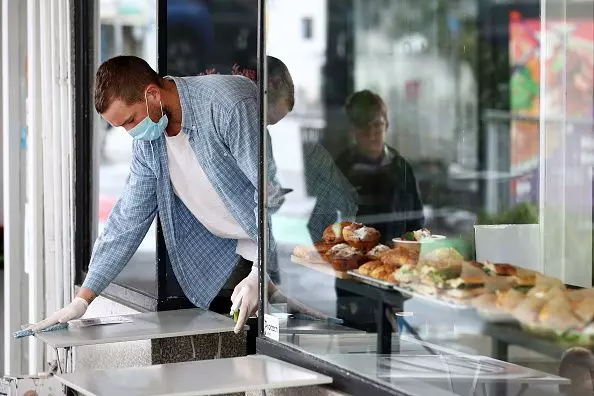
The resurgence support payment (RSP) is available nationally. It is a $1,500 payment per business plus $400 per full-time employee, for up to 50 full-time workers. The maximum payment is $21,500.
The covid-19 resurgence support payment helps businesses affected by alert level 2 or higher for a week or more. To be eligible, a business must experience a 30% drop in revenue or due to the alert level.
There is a calculator here you can use to estimate how much you might be able to get:
Eligibility for the resurgence support payment (RSP) (ird.govt.nz)
“Businesses and self-employed people will also be able to get support with business costs like rent or fixed costs through the resurgence support payment, administered by Inland Revenue, which opens on 24 August and can be accessed through the Inland Revenue website,” Sepuloni said.
Businesses can apply for the resurgence support payment at the same time as the wage subsidy scheme.
Who can get it
Businesses and organisations (including sole traders) must have been in business for at least six months and must be considered viable and ongoing.
Charities and not-for-profit organisations may be entitled provided they meet the other eligibility requirements.
State sector organisations are excluded but can apply to the minister of finance for an exemption to apply for the scheme.
Income that is received passively – such as interest and dividends, and all forms of residential and commercial rent – is excluded from the measurement of revenue.
The business must be physically present in New Zealand.
Applicants must be 18 years or older.
Businesses and organisations (including sole traders) must have a New Zealand Business Number.
How to get it
Measure your revenue over a continuous seven-day period where the first day is on or after the first day of the increased alert level. All of the days must be inside the alert level period.
Compare your revenue against a normal seven-day revenue period starting and ending within the six weeks before NZ was put into level 4.
These calculations must be retrospective.
Like the wage subsidy, be prepared to show your working and keep records.
For a commonly-owned group of businesses the definition for the RSP is one where each business has the same combination of owners.
“It does not matter whether those owners have the same proportion of ownership in each businesses.”
A business may also be treated as being in a commonly owned group if it is in substance part of a larger group of businesses.
Inland Revenue gives these examples:
- The group has a dominating shareholder or group of shareholders and the businesses operate together as if they were one.
- The group of businesses involves a complex ownership structure where the overall control is centralised and businesses are in substance one enterprise.
- It says each business or organisation in the commonly owned group is eligible for this payment if they, and the commonly owned group as a whole, meet the criteria noted above.
Note: this is a change from previous alert level increases.
What if you are pre-revenue?
Definition: A pre-revenue business or organisation is one that has taken active steps towards being market-ready but has not yet begun trading. You need to keep records of how their ability to raise capital or begin trading was affected by the raised alert level.
You may be eligible if your business or organisation has experienced a minimum of 30% reduction in capital-raising ability over a seven-day period as a result of an increased alert level and it meets the other criteria.
Leave support scheme
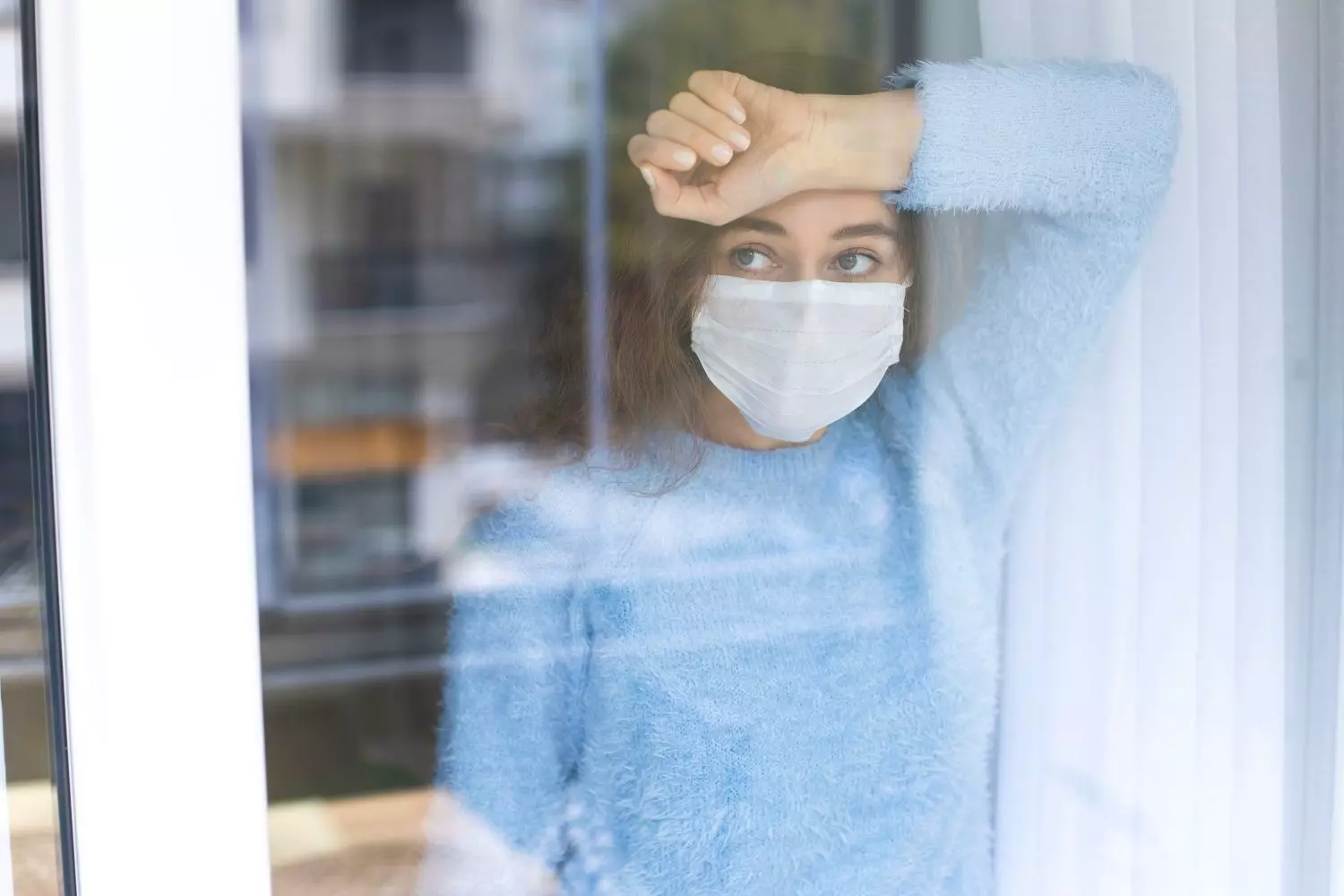
The leave support scheme provides a two-week lump sum payment of either $585.80 per week for full-time workers, or $350 per week for part-time workers, who must self-isolate and cannot work from home.
This is the health criteria.
You must have employees (or be a self-employed person) who either:
- Are sick with covid-19 and must self-isolate until a doctor tells them they can leave isolation.
- Are identified as someone who has been in close contact with someone who has covid-19 and have been told to self-isolate for a period by a health official through the National Contact Tracing process.
- Are the parent or caregiver of a dependant who has been told to self-isolate for a period by a doctor or health official through the National Contact Tracing process and the dependant needs support to do so safely.
- Have been directed to self-isolate, or are the parent or caregiver of a dependant who has been directed to self-isolate, by a medical officer of health in accordance with the Health Act 1956.
- Are considered 'higher risk' if they contract covid-19 and a doctor has told them to self-isolate while there's active community transmission.
- Have household members who are considered 'higher risk' if they contract covid-19 and a medical practitioner has told them to self-isolate, to reduce the risk of transmitting the virus to vulnerable household members.
If you've just hired an employee who hasn't started work yet, and they meet these criteria, you can apply for them.
Short-term absence payment
The short-term absence payment provides a one-off (once per 30 days) $350 payment for workers who must miss work due to a covid test and cannot work from home.
You can only apply for it once, for each eligible worker, in any 30-day period (unless a health official or doctor tells the worker to get another test).
It’s also available to self-employed workers.
Sepuloni said the rates for these two payments would be increased in line with the wage subsidy increase from Tuesday, Aug 24.
“It’s important to note that you can only receive one of these three covid-19 payments from MSD for the named person on the application for the same time period,” the minister said.
Those three being the wage subsidy, leave support scheme or short-term absence payment.
Childcare support for essential workers
On Sunday, the government announced it was restarting childcare for workers in alert level 4 businesses and services.
Workers who have children aged up to 13-years-old can access free care so they are able to continue to provide the essential services we need during the current lockdown
The scheme is for the workers in alert level 4 businesses and services, and other exempted services such as fire and emergency and border workers.
It is also only for level 4 workers who do not have childcare in place – parents are expected to use their own private arrangements where possible.
A list of 32 providers with national coverage can be found here:
Childcare for workers of alert level 4 business or services scheme – Education in New Zealand
The funding is available for childcare provision where there is no other adult in the worker’s household who can care for the child, and the carer does not normally live at the same address as the worker.


